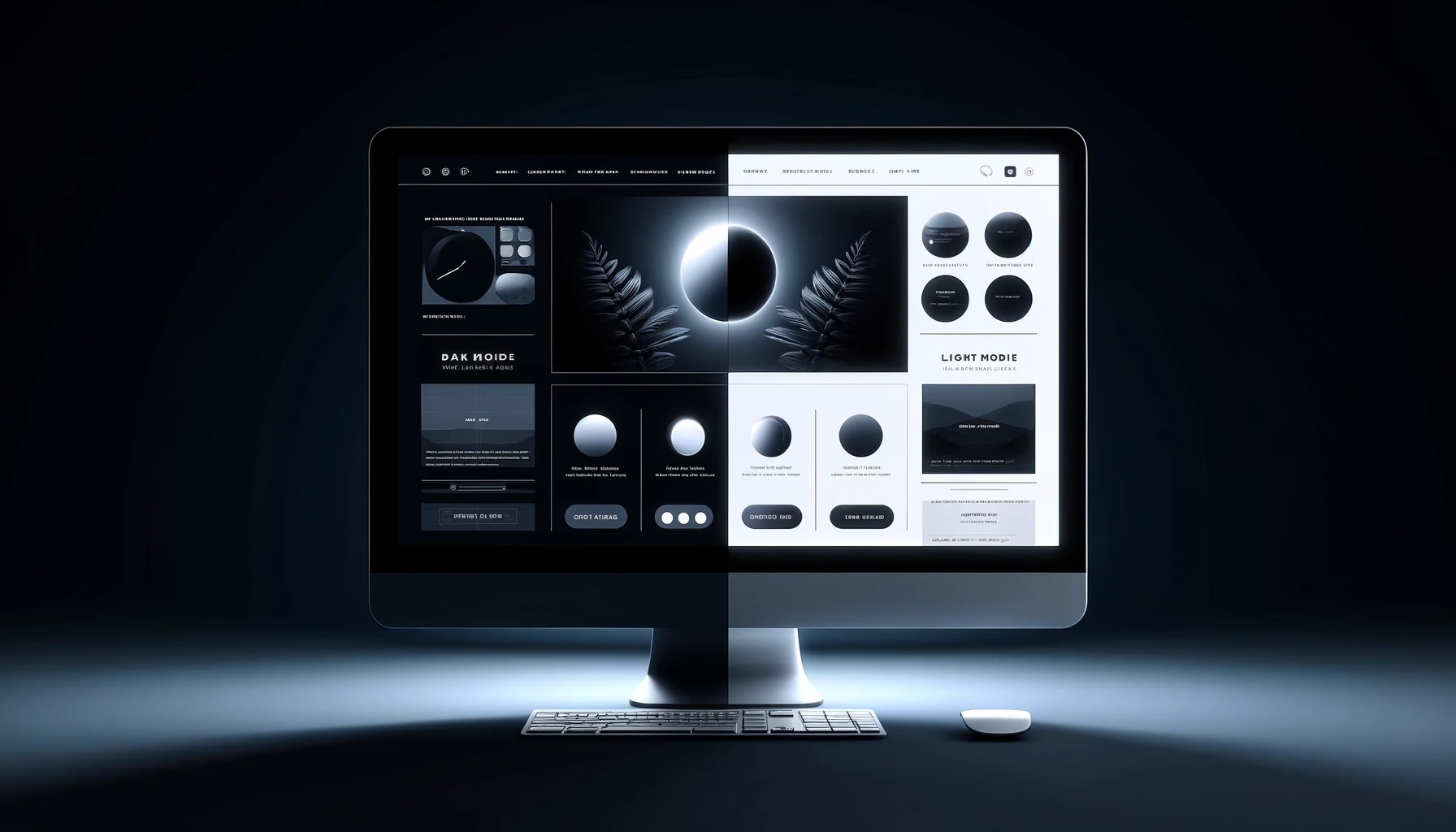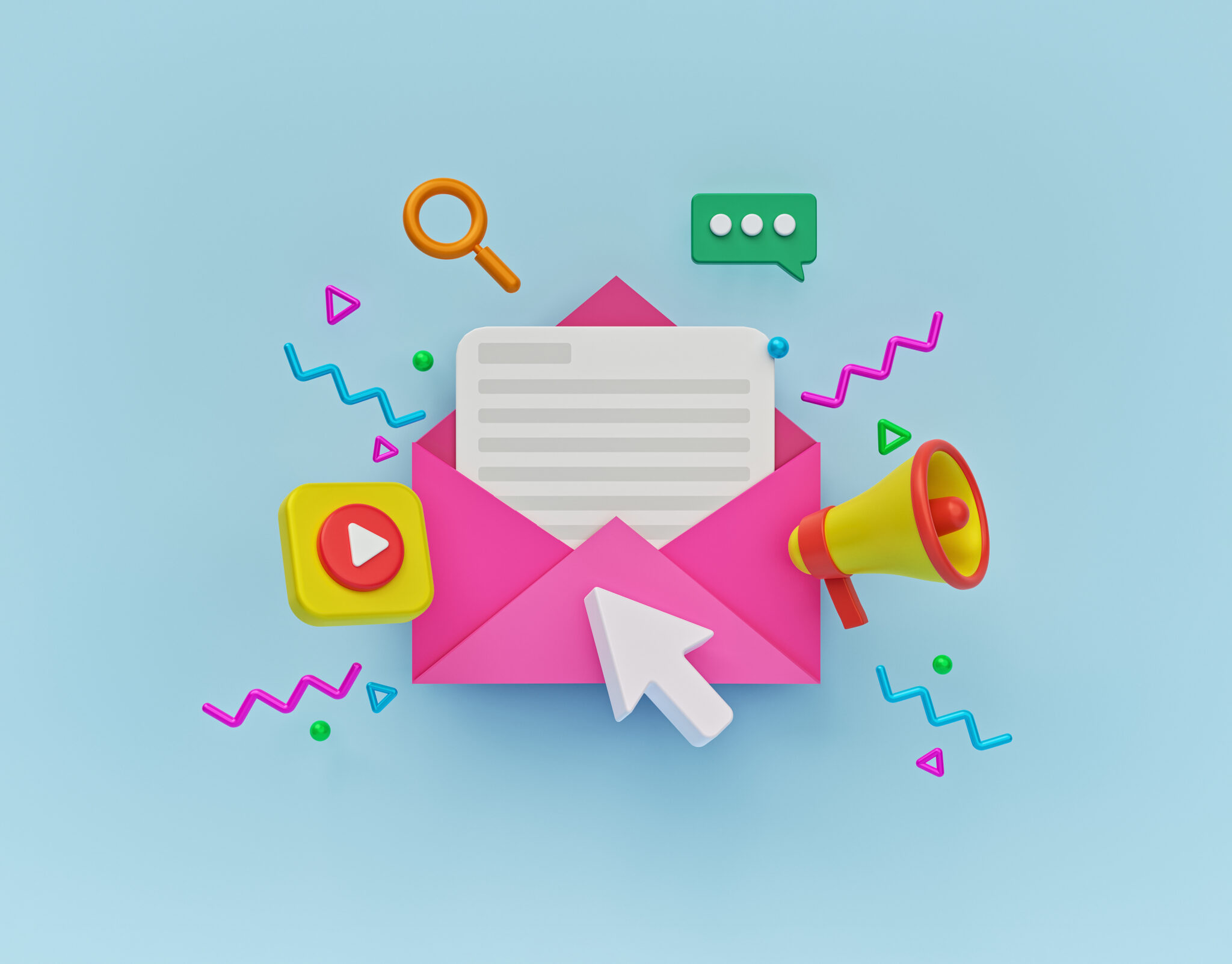
Once you’ve finally acquired a new customer, your next challenge is to retain them. You’ve spent all your time, budget, and resources in creating a pleasant digital customer journey that encompasses the browsing, comparison, and purchasing stages. Now, it’s all about that next purchase and evolving this customer into regularly engaging and purchasing from your brand.
Depending on your type of business, it costs between five and 25 times more to acquire a new customer than retain an existing one. If we look at the potential success rate, businesses have a 60 to 70 percent chance of successfully selling to an existing customer compared to just a 5 to 20 percent chance of selling to a new prospect. It’s evident that retaining customers can help you grow sales and revenue, at a healthy ROI. So, how do you keep them engaged enough to prevent them from ghosting your brand?
Well, we’ve got the answers right here. Below are the most important steps in improving your customer retention rate, particularly among high-value customers.
While all customers are valuable to your business, they’re not built equal. Some customers are objectively worth more than others depending on the thresholds you set, and and these individuals are known as high-value customers. In other words, a high-value customer is a client that significantly impacts your business’ bottom line. For this reason, they need to be nurtured to help retain their attention, encourage repeat purchases, and drive brand loyalty. But first, you need to be able identify them.
One of the best ways to identify high-value customers is to segment your customers and compare the Customer Lifetime Value – alongside any other relevant metrics, such as average order value (AOV), as an example. To do this, you’ll need to first unify your customer data using a suitable Customer Data Platform (CDP). CDPs can easily integrate, centralize, and structure a range of different data sources, such as:
Once the data is unified, a CDP can develop unified customer profiles and enrich these with real-time data. This allows you to identify every customer and get a 360-degree-view of them to develop a deep understanding of them, such as:
By having access to this data and drawing valuable insights, this enables you to ditch gut-feeling marketing in favor of insight-led marketing, that can drive your retention rate.
Now that you’ve identified your customers and segmented them into high-value customer groups, you’re tasked with the biggest challenge of all: driving customer engagement and achieving that next purchase. Here are some common tactics our customers have used in their strategy:
Customers who feel uninterested or overwhelmed by the marketing messages they’re receiving are likely to unsubscribe. To give your customers a sense of control, allowing them to reduce the message frequency or adjust their interests on the unsubscribe page is vital.
If your business operates globally, localizing your marketing is a great way to increase customer retention and customer satisfaction. In fact, locally targeted content receives six times more engagement than posts designed for the global market. Send localized content to individual recipients in their native language, and include offers and products that are location-specific, such as promoting products that are in stock locally.
Expert tip: Content localization does increase campaign production times, but it’s too effective to ignore. To combat this. you need to ensure that you have an automated solution that helps to streamline local content production and test the performance uplift. This can help assess whether any additional content localization costs provide a healthy ROI.
Over time, the size of marketers’ email lists gets smaller and smaller. Each year, the average email marketing database will degrade by 22.5 percent. To ensure subscribers stick around, you need to re-engage them the right way. For instance, sending messages to a customer that abandoned a goal completion process as a reminder or even a small discount. This can be applied to any industry where the action taken by the customer indicates intent to complete a goal, and the goal in question is of significant value to both the brand and the customer.
Imagine spending time to craft highly engaging email content that your subscribers will enjoy – but not everyone actually sees it because it didn’t land in their inbox. Across email marketing tools, deliverability averages at just below 85 percent, meaning 15 percent of emails never arrive or are caught by spam filters. So you need to do all you can to reduce the chances of your email going undelivered. The good news is you can increase email inbox placement rates by following these ten steps.
A great way to re-engage customers who are about to leave a page without completing the desired goal (e.g., purchasing a product or registering for an event) is to display an overlay or pop-up. Depending on your marketing software, you can trigger pop-ups for when the customer is moving the mouse to close the tab or AI predicts a high likelihood that the user is about to abandon the session. Give the user a reason to stay by making them an offer they can’t refuse, such as a discount or access to a free demo.
Add an interactive element to emails by including an interactive search bar, to allow subscribers to search the email for content that matters to them. This feature is essential if your typical customer’s journey starts by searching for possible options, such as travel deals, car rentals, and product comparisons.
Including calendar invites in emails is a great way to get subscribers to engage with time-based marketing activities, such as seminars, webinars, and product launches. While it may not be appropriate to offer a calendar invite for seasonal sale notifications, it may be beneficial for customers expecting package deliveries or home visits, for example, from an engineer.
To connect with your subscribers, allow them to reply to your newsletters. Replying to an email is the most natural and convenient way for a customer to interact with your brand. Letting customers communicate with you via email will increase customer retention, as customers will feel heard and that they’re actually talking to a human!
Forcing customers to hunt for your “Contact Us” page or sending your newsletters via a “@noreply” email address will reduce the likelihood of them contacting you, leading these frustrated recipients to driving customer churn. To improve user retention, allow them to respond to the email and route the replies to the customer service team – or trigger an automated response where relevant.
A great way to incentivize your customers to increase the value of their orders is to offer them a timely and personalized offer when they are about to start the checkout process. A commonly used (and highly successful) method is calculating how much more customers need to spend to get free shipping. You could also recommend products just above the price point to qualify for the offer. This method increases average order value, as orders with free shipping average around 30 percent higher in value!
You’ve spent time analyzing how your customers interact with your product or service, and you’ve likely identified certain weaknesses or obstacles in the customer journey. Perhaps they don’t know how to use the product or service they’re planning to purchase from you.
Creating a “customer university” ensures your customers know how to make the most of your product or service. Online courses can include detailed instructions, how-to videos, quizzes, and other features to help your customer succeed. Here are some of the best online course platforms for building a knowledge hub that your customers will use.
Interested in learning more about how you can improve your customer retention strategy? We’ve created an interactive guide to help you implement 100 Tactics to Acquire, Nurture, Grow and Retain Customers. Alternatively, you can access the eBook version here.
Implementing the above tactics with the goal of improving your customer retention strategy can help uplift your sales. However, complications arise when you use a range of siloed tools and insights across your teams. Using standalone tools such as a CDP, a Marketing Automation Tool, and an Analytics Platform ultimately leads to one thing: fragmented marketing.
Consolidating your MarTech stack will ease you to act on insights for a smoother and seamless customer experience strategy that results in a much better customer engagement and retention. Mapp Marketing Cloud is an all-in-one platform that helps you conduct insight-led marketing by generating actionable insights. It makes it easy to create relevant and personalized customer experiences to transform your customer retention strategy, drive your retention rates, and increase profitability.

Did you know websites without accessibility lead to a staggering annual loss of around $7 billion? This figure is predicted to climb by 2030 as the global population ages, and demand for accessible services increases.... Read More »

You’ve mastered the art of email marketing from personalization, targeted segmentation, and email design to compelling content. But how do you gauge the impact of these strategies? Measuring email engagement is key to understanding your... Read More »

63% of marketing decision-makers utilize automation in their email marketing. But are you using email automation in the most strategic way that benefits your business? Without a clear strategy or rooting in data-driven insights, you... Read More »